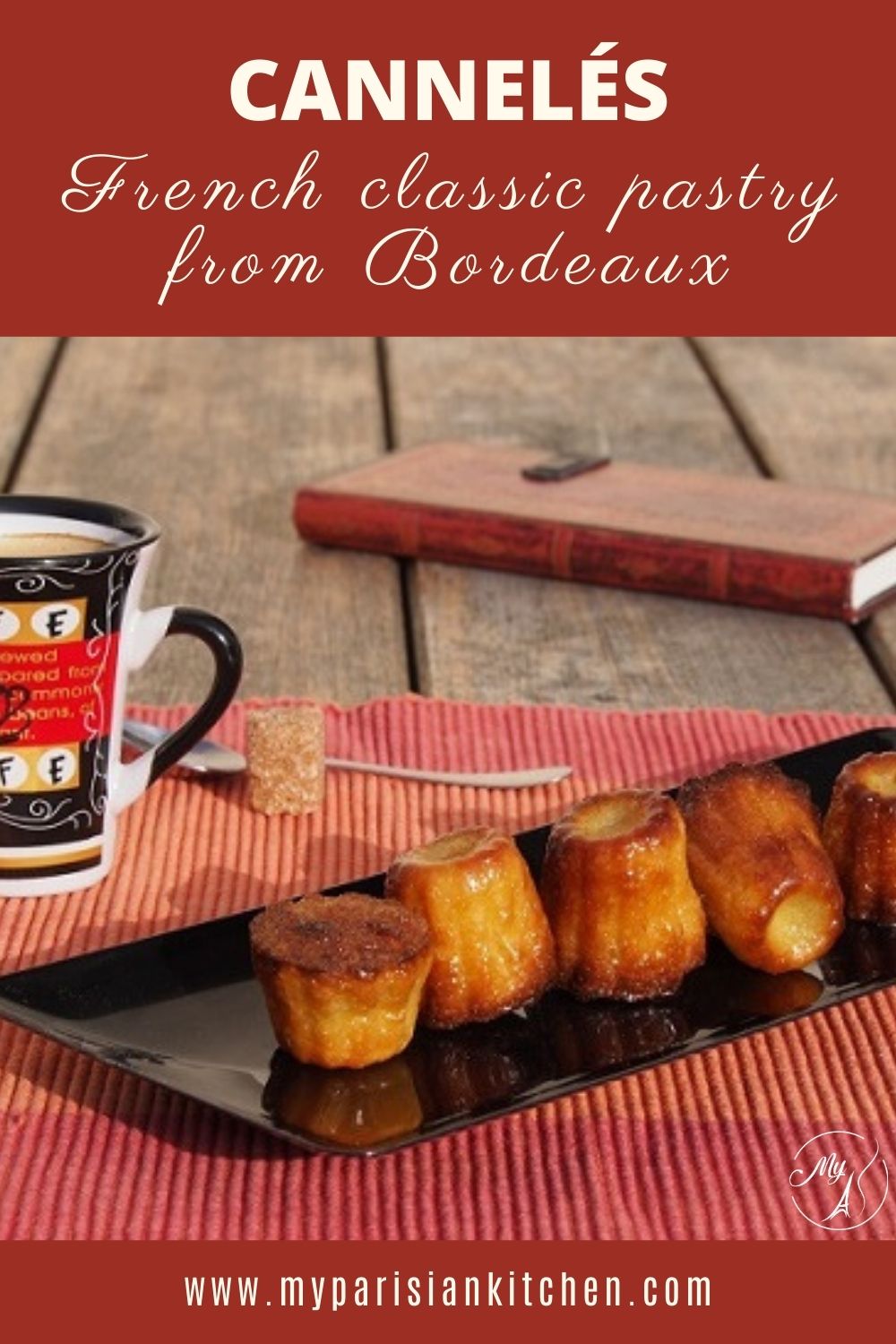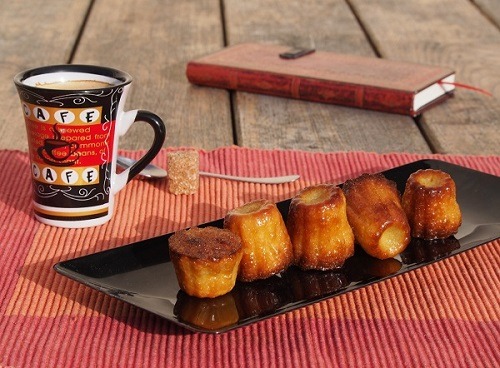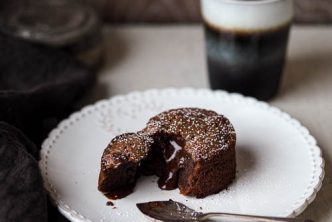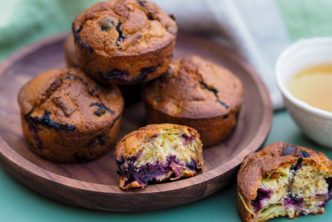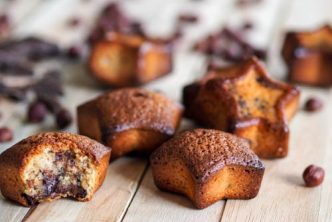Bordeaux famous rum and vanilla cannelé cake. The crunchy caramelized crust is an exquisite contrast to the smooth, sweet filling, incredibly fragrant with rum and vanilla.
Bordeaux don’t only master wine. With an incredible flavor of rum and vanilla, cannelés, also known as cannelés Bordelais as they come from Bordeaux, are among French most famous pastries.
What does Cannelés taste like?
Cannelés are easily recognizable by their flutes and their glossy and amber, almost dark brown, color. The crunchy caramelized crust makes an exquisite contrast to the smooth, sweet filling, incredibly fragrant with rum and vanilla.
Where did Cannelé originate and what is the story behind?
As for many French old recipes, there are different stories possibles.
- Among controversial origins, the most common story is that those fluted cakes were invented by the nuns of a convent in the 16th century, from one of their specialties, a fried pastry rolled around a tube called the canelot or canelat. The cylinder shape would come from this. They were even used to make these cakes using flour remains found in the port of Bordeaux, which was very active. However, archaeological excavations in the convent have failed to find the so characteristic molds and confirm this origin.
- To that opposes another version which I like better, a way to use egg yolk leftovers. Another treasure of the Bordeaux region is wine. A winemaking method (called bonding in French) uses egg whites to clarify and refine wine. Its use makes it possible to bring down to the bottom of the barrel suspended particles. There were lots of egg yolks leftovers. Associated with products that were easily found in the Bordeaux trade port, rum, and vanilla, the recipe was gradually developed, to prevent from spoiling.
Where does the word cannelé come from?
The word cannelé means fluted due to the circular grooves of the mold. However, we don’t know why the mold has this shape.
A brotherhood dedicated to cannelés, born in 1985, was relaunched in 2014 to protect and promote this delight. They are trying to establish the name with a single n, canelé. Who knows why.
Which mold should we use to bake cannelés.
The classic size is 6 cm high but the French nowadays tend to prefer little two-bite morsels as in this recipe, grabbed here and there, served with tea or coffee.

Cannelés from Bordeaux easy Recipe
Equipment
- mini cannelé pans (idéally copper, otherwise silicon).
- Eventually any deep mold such as mini muffin pans.
Ingredients
- 250 ml milk ± 1 cup
- 30 gr butter (2 knobs)
- 1 vanilla pod
- 75 gr flour ±1/2 cup
- 130 gr sugar ±1/2 cup
- 1 whole egg ± 50 gr
- 2 egg yolks ± 40 gr
- 25 gr dark rum , ideally aged rum ± 2 tablespoon
Beeswax if you use copper moulds
Instructions
- Measure all ingredients first.
- Heat the milk in a saucepan over medium heat. Cut the butter into small cubes and, with a sharp knife, split the vanilla pod lengthwise. Bring the milk to the boil. When it boils, add the butter and vanilla. Remove from the heat and stir.
- In a bowl, mix the flour and the sugar. Then add the hot milk, stirring constantly to prevent lumps. Then add the rum, the whole egg and two egg yolks. Mix immediately to prevent the egg from cooking as the preparation is still quite hot. Cover with plastic wrap and place in the refrigerator for 24 hours. The batter, provided it’s covered tightly, can be stored in the refrigerator up to 3 days. The resting time is important to develop the incredible rum and vanilla flavor of the cannelés.
- The next day, remove the batter from the refrigerator 1 hour in advance and leave at room temperature. Preheat the oven to 220 °C (425°F). Remove the vanilla pod. If you have copper mold grease them with beeswax. This is not necessary if you use silicone molds. Fill the molds about 3/4 full and bake. After 5 minutes, lower the heat to 180 °C (350°F) and bake for about 40 to 45 minutes.
- The baking time is given for mini cannelé pans (I use silicone molds as they are much convenient than copper molds. Mine are 3.5 cm high and 2.5 to 3.5 cm in diameter for the top and the bottom).
- Wait until the cannelés get a nice amber color before removing from the oven. Remove from the molds while still hot.
- It is said that cannelés must be consumed the day they are made otherwise they won’t be crispy anymore. I think they are still delicious the next day!
- Tip: If you don’t have cannelé shape molds, you can use any deep molds (for instance muffin pans), whatever the shape may be. Depending on size, the baking time may be even longer.
Notes
Bon appétit !
